Space
Sign up for our newsletter
We summarize the week's scientific breakthroughs every Thursday.
-
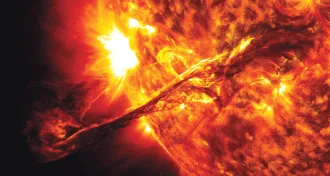 Astronomy
AstronomyA musician composes a solar soundtrack
Robert Alexander combines life long passions of both music and astronomy to uncover solar secrets.
-
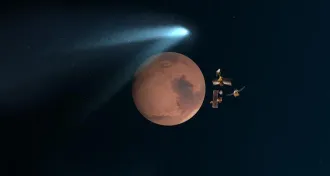 Planetary Science
Planetary ScienceComet Siding Spring makes close pass by Mars
Mars appears to have survived its close encounter with comet Siding Spring mostly unscathed.
-
 Cosmology
Cosmology‘The Theory of Everything’ reveals Stephen Hawking’s personal side
A new film explores love and science in the life of physicist Stephen Hawking.
By Andrew Grant -
 Planetary Science
Planetary Science‘Mars Rover Curiosity’ chronicles robot’s journey
Engineer Rob Manning recounts the decade of victories and setbacks that preceded Curiosity’s landing on Mars.
-
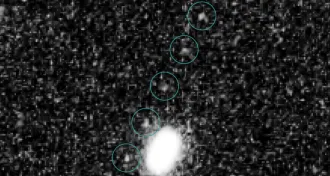 Astronomy
AstronomySecond stop planned for mission to Pluto
Scientists identify three possible targets for the New Horizons probe after it visits the former planet.
-
 Astronomy
AstronomyComet-crazed, and for good reason
Coming to the edge of knowledge, especially about what’s out in space, fires the imagination.
By Eva Emerson -
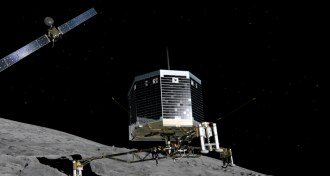 Astronomy
AstronomyRosetta readies for its close rendezvous with a comet
The Rosetta spacecraft and its lander Philae are ready to make history in a risky rendezvous with comet 67P/Churyumov-Gerasimenko.
-
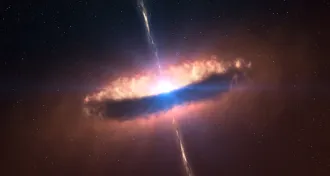 Astronomy
AstronomyCosmic jets re-created in a lab
Physicists have recreated in a lab the plasma jets that erupt from young stars and black holes.
-
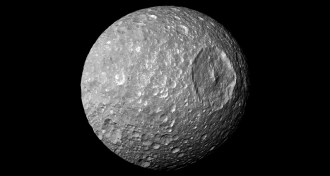 Planetary Science
Planetary ScienceSurprises lurk inside a Saturn moon
NASA’s Cassini spacecraft finds possible ocean or football-shaped core inside Mimas.
-
 Planetary Science
Planetary ScienceMAVEN gives first look at Mars’ escaping atmosphere
Bits of Mars have been caught in the act of floating off into space.
-
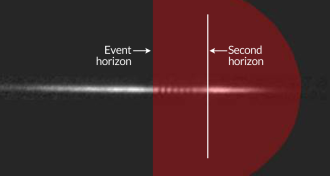 Quantum Physics
Quantum PhysicsHawking radiation spotted within sonic black hole
Lab-created sonic black hole emits energy as famed physicist Stephen Hawking predicted, though the experiment may not be definitive.
By Andrew Grant -
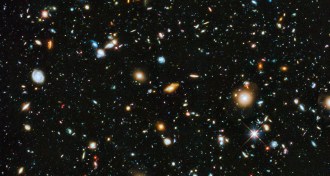 Cosmology
CosmologyAnswers to questions posed by cosmology to philosophy
Tough questions about the philosophy of cosmology have answers; they just might not be right.